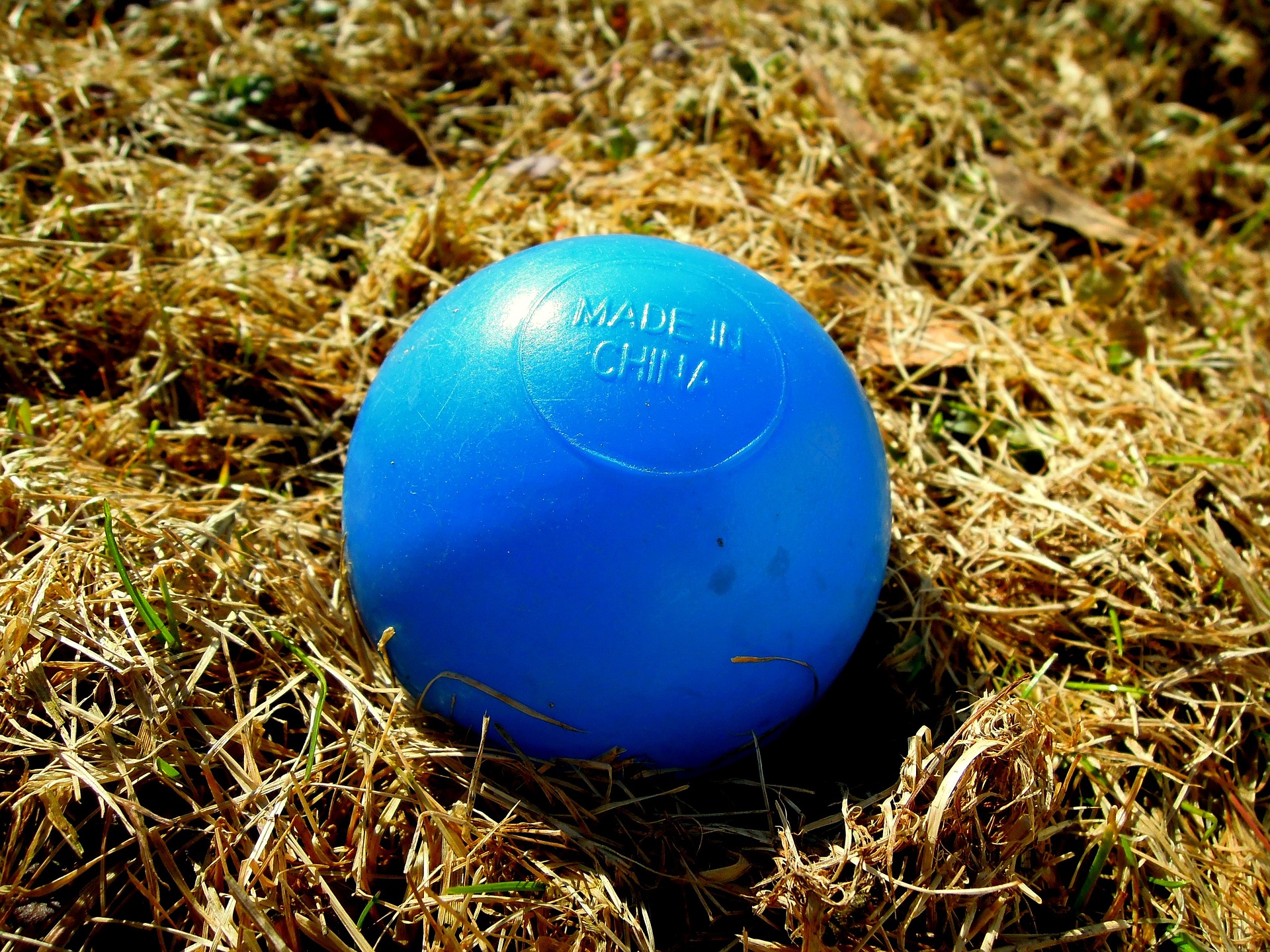
Child Labor Blog Part III: Manufacturing in Asia
The third and final installment of the Child Labor blog series will focus on the manufacturing industry in Asia. Pakistan, Bangladesh and India were recently named the world leaders in the number of products made by working children. Children are exploited for their small hands in the carpet industries of Pakistan, the garment industry of Bangladesh and the sporting good industry in India.
Carpet Industry in Pakistan
In the carpet weaving industry children work long hours and are vulnerable to physical and sexual abuse. Children are especially sought out for working on the looms in the carpet factories due to their small hands which are able to create delicate, complex patterns. Without access to medical care, children working with power looms suffer respiratory disease, damaged eyesight and spinal injuries from spending up to 15 hours a day hunched over a loom. The majority of child laborers in the carpet industry are victims of debt bondage, young children are sold by their parents for an advanced sum of money and forced to work on the carpet looms until the debt is paid off. Still more children are either kidnapped, trafficked or coerced from poverty-stricken areas of neighboring Nepal and kept as slaves by the carpet loomers.
Garment Industry in Bangladesh
Earlier this year, the international community stood stunned as images from a deadly garment factory collapse in Bangladesh flooded the news stations. Over 1,100 factory workers perished in the collapse, many of them were children sewing garments for American companies such as Wal-Mart, ASICS and Wrangler. Bangladesh currently has over 43 million citizens living in dire poverty and these harsh economic realities mean that child labor is widely accepted and very common in Bangladesh.
Sporting Goods Industry in India
For the past decade sporting good industries have been accused of using child labor to sew footballs and soccer balls in India. Much like in Pakistan, debt bondage is used to sell children into forced labor. Due to the strict caste system in India, landlords or money lenders are generally of a higher caste than those seeking loans making it even more difficult and socially unacceptable to pay off the expensive loans. To feed the family, children as young as seven years old are sent to stitch footballs for exportation to Britain or Australia.
What Can be Done about Child Labor?
As consumers and importers of foreign produced goods, it is up to the western consumers to be well-informed of the items they buy. Calling for a governmental boycott of products produced by child labor has proven to only hurt the young workers. Child labor never stops, it just goes even deeper underground and makes the working conditions for the children even more unsafe. Instead consumers should support fair trade practices and educate themselves on which products use fair labor practices. Groups like TransFair USA and others help to publicize Fair Trade initiatives and educate consumers about Fair Trade products.
